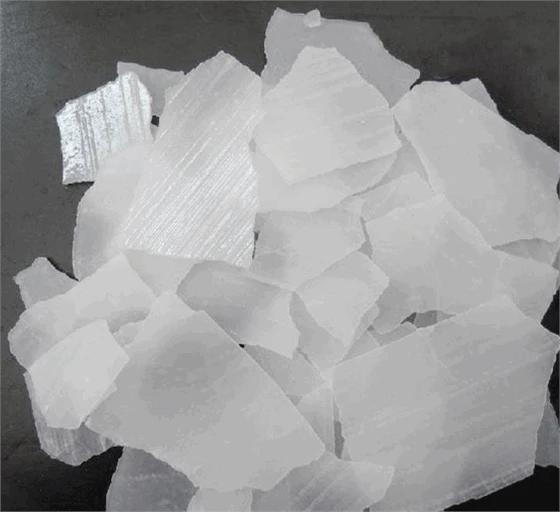



sodium bi sulphate msds
Understanding Sodium Bisulfate A Comprehensive Overview of Its MSDS
Introduction Sodium bisulfate, also known as sodium hydrogen sulfate, is a white, odorless crystalline powder that is commonly used in various industrial applications. It is widely utilized in cleaning products, food processing, and water treatment, owing to its acidic properties. Understanding the Material Safety Data Sheet (MSDS) for sodium bisulfate is essential for safe handling and usage in various environments.
Chemical Properties Sodium bisulfate has the chemical formula NaHSO₄ and is hygroscopic in nature, meaning it can absorb moisture from the air. It has a molar mass of 120.06 g/mol and a melting point of approximately 315 °C. Sodium bisulfate is produced through the neutralization of sulfuric acid with sodium hydroxide or sodium carbonate. Its properties make it a vital component in many chemical reactions.
Applications Sodium bisulfate serves multiple purposes across different industries
1. pH Regulation It is often used to lower the pH of water in swimming pools and industrial applications, serving as an effective acidifier.
2. Food Industry In food processing, sodium bisulfate is employed as a food preservative and as an acidulant to enhance the flavor of various products.
4. Laboratory Reagent In laboratories, it is used in various chemical syntheses and as a reagent for the production of other sulfur compounds.
Safety Precautions Working with sodium bisulfate requires adherence to safety guidelines as outlined in its MSDS. Here are some crucial safety considerations
- Personal Protective Equipment (PPE) It is essential to wear appropriate PPE, including gloves, goggles, and protective clothing, to prevent skin and eye contact.
sodium bi sulphate msds

- Inhalation and Ingestion Risks Avoid inhaling dust and vapors. Prolonged inhalation can lead to respiratory irritation. Ingestion can cause gastrointestinal distress; therefore, it is vital to keep it away from food and drink.
- Spill and Leak Procedures In case of a spill, the area should be evacuated, and appropriate containment measures should be taken. It is advised to use inert materials for cleanup and to dispose of residues per local regulations.
First Aid Measures The MSDS provides the following first aid measures for sodium bisulfate exposure
1. Skin Contact Remove contaminated clothing and rinse the affected area with plenty of water for at least 15 minutes. Seek medical attention if irritation persists.
2. Eye Contact Flush eyes with gentle water for 15 minutes, ensuring that eyelids are held open. Seek immediate medical assistance.
3. Inhalation Move the affected person to fresh air immediately. If symptoms persist, seek medical help.
4. Ingestion Do not induce vomiting. Rinse mouth with water and seek medical attention immediately, providing information about the substance ingested.
Environmental Impact Sodium bisulfate can pose risks to aquatic life if released in significant quantities. It should be disposed of responsibly and in accordance with local environmental regulations to minimize its impact on ecosystems.
Conclusion Understanding the Material Safety Data Sheet for sodium bisulfate is critical for anyone handling this compound. Its wide range of applications, from industrial processes to food processing, underscores the importance of safety and adherence to proper handling protocols. By following the safety guidelines and being aware of its properties, users can effectively mitigate risks associated with sodium bisulfate and harness its benefits in various applications. Always refer to the latest MSDS for the most accurate and detailed safety information.
-
Why Sodium Persulfate Is Everywhere NowNewsJul.07,2025
-
Why Polyacrylamide Is in High DemandNewsJul.07,2025
-
Understanding Paint Chemicals and Their ApplicationsNewsJul.07,2025
-
Smart Use Of Mining ChemicalsNewsJul.07,2025
-
Practical Uses of Potassium MonopersulfateNewsJul.07,2025
-
Agrochemicals In Real FarmingNewsJul.07,2025
-
Sodium Chlorite Hot UsesNewsJul.01,2025










